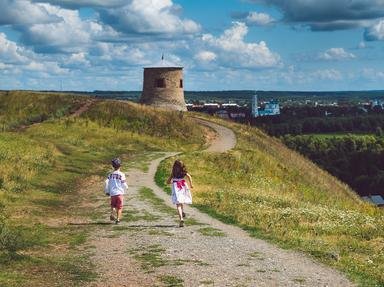
Exploring the New World Trivia Quiz
Was being the leader of an expedition a glamorous job? Probably not! One thing was for certain, though! The person in charge was given the credit for whatever was accomplished - or took the blame if unsuccessful. Match the leader with his discovery.
A matching quiz
by ponycargirl.
Estimated time: 3 mins.